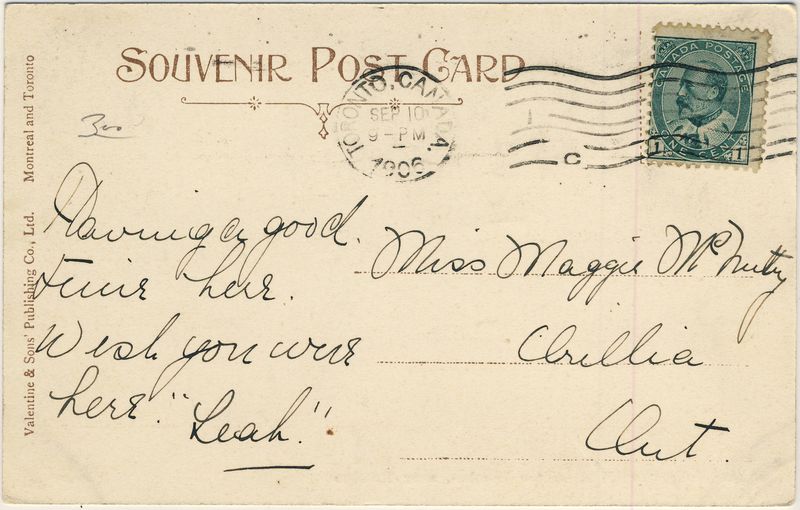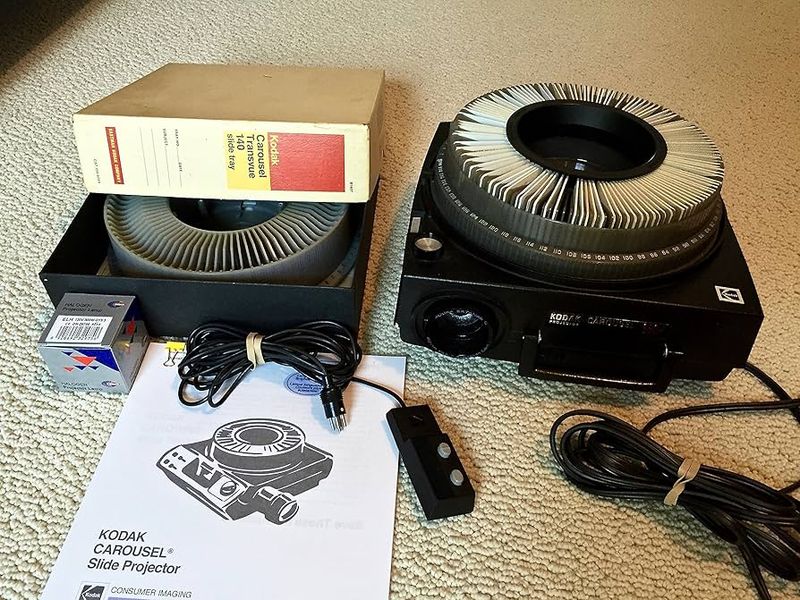Summer vacations in the 1960s were magical adventures filled with unique traditions that made every trip special. Families packed their station wagons, unfolded giant paper maps, and hit the open road without smartphones or GPS to guide them. Back then, vacations meant truly disconnecting from the world and creating memories through simple pleasures like drive-in movies, roadside diners, and collecting souvenir spoons. Many of these beloved traditions have disappeared, replaced by modern conveniences that, while practical, lack the charm and spontaneity that made 60s vacations unforgettable.
1. Road Trip Paper Maps

Unfolding a massive paper map across the dashboard was like opening a treasure chest of possibilities. Dad would spread it out while Mom traced the route with her finger, and kids would eagerly point to interesting stops along the way.
Wrong turns were part of the adventure, leading families to discover hidden gems they never would have found otherwise. The satisfying crinkle of paper and the challenge of refolding maps correctly became cherished rituals.
Today’s GPS eliminates surprises, but those paper maps turned every journey into an exploration where getting lost was half the fun.
2. Dressing Up for Air Travel

Flying in the 1960s felt like attending a fancy dinner party at 30,000 feet. Passengers donned their finest suits, elegant dresses, and stylish hats, treating air travel as a special occasion worthy of respect.
Men wore ties and polished shoes, while women accessorized with gloves and pearls. Children were dressed in their Sunday best, complete with shiny dress shoes and carefully combed hair.
The glamour transformed airports into fashion runways where everyone looked their absolute best. Modern comfort has its perks, but nothing matched the sophisticated elegance of mid-century aviation style.
3. Postcard Writing

Every tourist trap and scenic overlook featured spinning racks of colorful postcards waiting to be chosen. Travelers carefully selected the perfect image to represent their adventure, then hunted for stamps and mailboxes.
Writing brief messages on the back became an art form, cramming excitement and love into tiny spaces. Recipients treasured these tangible pieces of vacation magic, often keeping them for years.
The anticipation of waiting for postcards to arrive added extra joy to trips. Instagram posts vanish in feeds, but handwritten postcards became permanent keepsakes that captured vacation memories forever.
4. Drive-In Movie Pit Stops

Road-weary families would spot the towering drive-in screen from miles away and know they’d found their entertainment for the evening. Cars lined up in neat rows, each family claiming their perfect viewing spot.
Crackly speakers hooked onto car windows delivered scratchy audio that somehow made every movie more exciting. Kids in pajamas would pile blankets in the back seat while parents enjoyed the unique outdoor cinema experience.
Concession stands sold overpriced popcorn and candy, but the magic of watching movies under starry skies made every purchase worthwhile. These automotive theaters created unforgettable family bonding moments.
5. Slide Show Evenings

The mechanical click-click-click of the slide projector announced the start of vacation storytelling season. Families gathered in darkened living rooms, squinting at slightly blurry images projected onto walls or portable screens.
Dad operated the carousel while Mom provided commentary about each overexposed or crooked photograph. Despite the occasional upside-down slide or technical difficulties, these presentations brought families together.
Everyone endured Uncle Bob’s endless commentary about fishing trips, but the shared experience created lasting bonds. Digital photos lack the ceremonial aspect of slide shows that made vacation memories feel truly special and worth celebrating.
6. No Seatbelts, No Rules

Station wagons became mobile playgrounds where kids enjoyed freedoms that would horrify modern parents. Children sprawled across back seats, played games in the rear cargo area, and even rode in truck beds.
Long trips meant constant position changes – lying down for naps, sitting backwards to wave at following cars, or pressing faces against windows. The lack of restrictions made car rides feel like adventures rather than imprisonment.
Safety regulations have undoubtedly saved lives, but something magical was lost when kids could no longer roam freely during family road trips. Those carefree moments created some of childhood’s most treasured memories.
7. Motel Swimming Pools as the Ultimate Luxury

A rectangular patch of chlorinated water behind a roadside motel represented the pinnacle of vacation luxury for 1960s families. Kids pressed their faces against car windows, scanning for that magical “Pool” sign.
These modest swimming holes, often no bigger than large bathtubs, provided hours of entertainment. Families would choose motels based solely on pool availability, even if the water was questionable.
The simple joy of cannonballs and Marco Polo games made these humble pools feel like exclusive resorts. Modern travelers expect elaborate water parks, but nothing matched the pure excitement of discovering an unexpected swimming opportunity during road trips.
8. Hitchhiking Without Fear

Young adventurers confidently stuck out their thumbs, trusting strangers to provide safe passage to their destinations. The open road represented freedom, and hitchhiking was an accepted way to explore America.
College students and backpackers relied on the kindness of passing motorists, often sharing stories and making unexpected friendships during rides. Gas money was optional, and conversations were the primary currency.
This practice required tremendous faith in human nature that seems almost impossible today. While safety concerns have made hitchhiking obsolete, something beautiful was lost when spontaneous travel connections disappeared from American highways forever.
9. Souvenir Spoons & Shot Glasses

Gift shops overflowed with miniature spoons and shot glasses featuring local landmarks, creating irresistible collecting opportunities for travelers. Families methodically gathered these tiny treasures from every destination.
Kitchen walls displayed elaborate wooden racks showcasing spoon collections that told stories of family adventures. Each delicate piece represented a specific memory and location, creating conversation starters for visitors.
Shot glasses served similar purposes, though they were often hidden from children’s view. These collections grew into impressive displays that documented years of vacation experiences. Modern souvenirs lack the systematic collecting appeal that made these miniature treasures so addictive and meaningful.
10. Diner Breakfasts on the Road

Chrome-trimmed diners with neon signs beckoned hungry travelers with promises of home-cooked meals and bottomless coffee. Red vinyl booths and checkered floors created the perfect atmosphere for family breakfast adventures.
Waitresses called everyone “hon” or “sweetie” while pouring endless coffee refills and recommending daily specials. Tabletop jukeboxes let customers select their favorite tunes for a nickel.
These local establishments offered regional specialties and genuine hospitality that made every meal memorable. Chain restaurants have replaced most independent diners, eliminating the personal touches and unique character that made roadside dining special during family vacations.
11. CB Radio Chatter

The crackling voice of “Breaker one-nine” filled car radios as truckers and travelers shared road conditions, speed trap warnings, and friendly conversation. CB radios created an invisible community across America’s highways.
Families learned trucker slang and adopted colorful handles like “Rubber Duck” and “Smokey Bear.” Kids especially loved the coded language and mysterious voices from distant vehicles.
Traffic jams became social events when CB users shared jokes and information to pass time. This analog social network disappeared when cell phones arrived, ending the unique camaraderie that once connected strangers traveling the same roads together.
12. Souvenir Slides & Viewers

Tourist destinations sold pre-made slide reels featuring professional photographs of local landmarks and attractions. Families purchased these miniature marvels along with handheld viewers for home entertainment.
The stereoscopic effect made flat images appear three-dimensional, creating magical viewing experiences that seemed almost supernatural. Kids fought over turns with the viewers, fascinated by the depth and clarity.
These analog preview systems let families relive vacation highlights long after returning home. The tactile experience of clicking through slides and the surprise of each new image created anticipation that digital photos simply cannot match in our instant-access world.
13. Stopping at “See Rock City” Barns

Weathered barn roofs throughout the South featured bold “See Rock City” advertisements that became legendary roadside attractions. These mysterious painted messages created anticipation for Tennessee’s famous tourist destination.
Families would spot dozens of these barns during road trips, turning the advertisements into a game of counting and discovery. Each sighting built excitement for the eventual Rock City visit.
The rustic charm of hand-painted barn advertising represented a simpler marketing era when billboards were folk art. Digital advertising lacks the authentic character and regional personality that made these barn signs beloved landmarks for generations of travelers exploring America’s backroads.
14. No ATMs – Traveler’s Checks Only

Vacation planning required visits to banks where tellers carefully prepared traveler’s checks with official signatures and serial numbers. Cash management became a strategic part of trip preparation.
Restaurants and hotels required multiple signatures to verify traveler’s check authenticity, creating mini-ceremonies for every transaction. Lost checks could be replaced, but the process involved paperwork and phone calls.
Running out of money meant finding banks or check-cashing services, adding adventure to financial management. ATM cards eliminated this hassle, but something was lost when money became invisible and vacation budgeting lost its tangible, deliberate nature that encouraged more thoughtful spending.
15. Actually Being Unreachable

Vacation meant complete disconnection from work, friends, and daily responsibilities. No phones, emails, or social media could interrupt family time or scenic moments.
Emergencies required finding payphones or hotel operators, making communication deliberate and meaningful. Families focused entirely on each other and their immediate surroundings without digital distractions.
The freedom from constant connectivity allowed genuine relaxation and present-moment awareness. Modern travelers struggle to disconnect from devices that follow them everywhere. True escape has become nearly impossible, making those completely unreachable 1960s vacations seem like luxury experiences we can barely imagine today.



